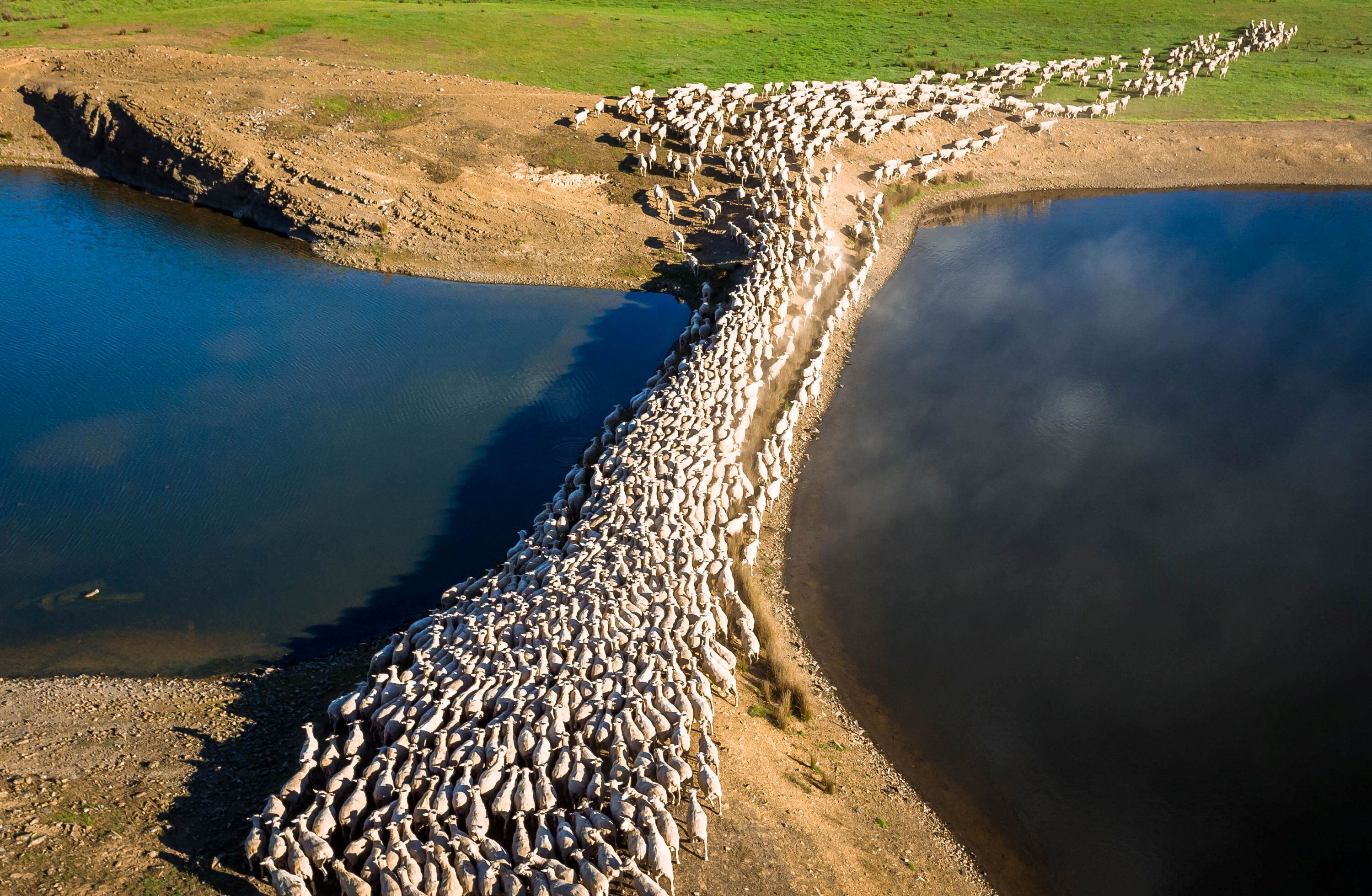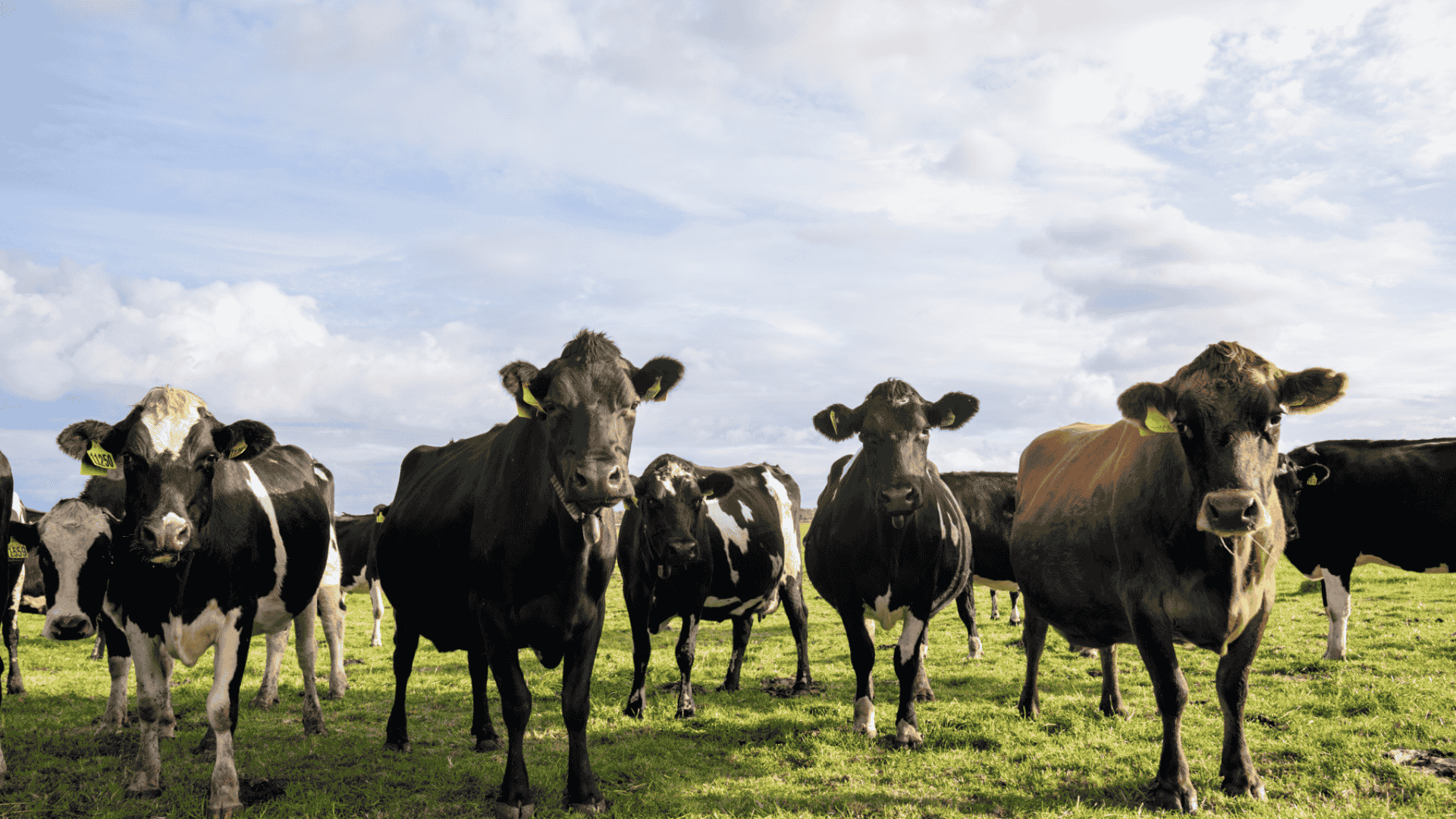APlus News Radio Reports
Stay up to date with the latest livestock trends AuctionsPlus brings you the latest insights from Australia’s livestock markets, direct to the...
3 min read
Tom Rookyard : Feb 21, 2025

The MLA Eastern Young Cattle Indicator closed off on February 20, at 669c, up 5% on last Friday. On the sheep front, the MLA Mutton indicator held its ground throughout the week closing off at 370c, down 4c on last Friday. There is a mix on the season in Eastern Australia, reports of a dry season for Western and Southern Queensland, New South Wales, and Western Victoria. However, solid rainfall throughout large portions of the Central West of New South Wales, the Downs region in Queensland, as well as Central and Eastern Victoria has boosted coverage heading into Autumn.
Recent rainfall includes 27mm in Mitchell; 8mm in Injune, QLD; 27mm in Longreach, QLD; 20mm in Condobolin, NSW; 31mm in Wee Waa; 28mm in Tumbarumba; 11mm in Yea, VIC; and 31mm in Orbost, VIC. Early reports from saleyards this week indicate a strong rise across most markets.
The monthly average gap between steers and heifers has remained over 75c/kg lwt so far in 2025. Comparing the variance between the MLA National Yearling Steer and Heifer Indicators, the month of January averaged 77c, whilst two weeks into February, the month is averaging 79c. Across 2023 and 2024, the narrowest the gap reached was January 2023 at 55c.
For Australian beef producers, this signals that traders are active in the market looking for steers and/or there has not been significant drop in numbers of heifers being offered onto market to drive up heifer prices. Over the past five years the lowest the monthly average gap got to was November 2020 when it fell to 23c, this was a point in time when much of Eastern Australia was out of the 2016-2019 drought, and Australia was in a rebuild phase. I believe that this gap will narrow leading into Winter as the supply of beef tightens and overseas markets demand more.

The Australian Bureau of Statistics (ABS) have released their December 2024 quarterly figures to close off the calendar year. Which has brough to light a few key highlights:
2024 was the largest cow and heifer slaughter since 2019
2024 saw the Female Slaughter Rate over the 47% mark for the entire year.
This is the highest annual Female Slaughter Rate since 2020.
From an Australian beef producers' perspective, Australia has experienced extremely high cattle slaughter in 2024 underpinned by strong global demand. The high female slaughter rate I believe is being driven due to strong processor cow prices. However, high female cattle slaughter cannot be undone - lower production numbers of calves will be felt in Spring and Summer of 2025.

For only the 5th time in 28 years has the Brazilian cattle slaughter overtaken the US. Reviewing USDA (USA) and IBGE (Brazil) figures show that 2024 ended with 31.8M and 39.1M head slaughtered respectively for the calendar year.
To note 2023 saw Brazil also take the crown with 34M slaughtered, higher than the US's 32M. This information tells a tale of two cities - or more correctly countries. The US is working off a historically small cattle supply, which is well documented. Whilst the Brazilians are taking every opportunity to supply beef where the US cannot. They are currently riding the wave of opportunity and exporting beef at a record pace. What this means for Australia is we are set to benefit once the Americans and Brazilians run out of cattle, (which could take another 1-2 years). The Brazilians cannot have two near record years of slaughter back-to-back, and still produce the level of beef they have been.
The ABS also released sheep and lamb slaughter for the December quarter this week. Sheep slaughter rounded out 2024 as 11M head - the highest since 2006. There is two key highlights, strong mutton demand internationally seeing graziers offload excess ewe's and weathers; and a reduction in the Australian sheep flock, as some producers exit the sheep industry.
For lamb producers, the largest sheep slaughter in 18 years means there is set to be a tightening of lambs for Spring 2025. Provided prices don't rocket sky high throughout 2025, lamb feeders are in the box seat to take advantage of a low supply and feed a global population who is looking for an alternative to beef.
 Source: AuctionsPlus, Australian BoM, Australian Bureau of Statistics, MLA, USA, IBGE.
Source: AuctionsPlus, Australian BoM, Australian Bureau of Statistics, MLA, USA, IBGE.
Tom Rookyard is the General Manager at Ottley Livestock Finance.

Stay up to date with the latest livestock trends AuctionsPlus brings you the latest insights from Australia’s livestock markets, direct to the...

Victoria and NSW have both green-lighted virtual fencing technology for cattle this week. Farmers adopting this technology, which uses collars with...
.png)
Meat & Livestock Australia (MLA) has released its Top 10 trends of 2025 report - with productivity gains, global demand and weather shifts dominating...